Here’s a detailed guide on How to Attract Bees to Your Garden that will help you to pollinate your vegetables and fruits easily!

Bees, the cute winged insects that make sure to keep the pollination alive, are the most important part of our ecosystem. Unfortunately, the honey bee colonies are decreasing alarmingly, which can have an adverse effect on our climate. So, how about playing your little part and learning the ways to Attract Bees to Your Garden!
Here is all you need to know about making a butterfly garden
How to Attract Bees to Your Garden?

The best way to attract bees to your garden is to plant plenty of flowers of bright and vivid colors. Native blooms that are a rich source of nectar, like butterfly bush, lantana, sunflower, sweet alyssum, salvia, and cosmos, are the best ones to grow.
Want to get rid of carpenter bees? Click here
Importance of Bees
We all know how bees pollinate fruits and flowers and increase crop production. The main benefit of inviting and providing habitat to bees is improved yielding and healthy fruiting.
Your veggies and fruits will not grow in irregular shapes and sizes, and your harvest rate will increase, too. Encouraging bees will allow other pollinators like butterflies and hummingbirds to visit your garden.
Look at the stunning flowers that attract butterflies here
Do Bees Sting?
Bees, unlike wasps, are lovely buzzing creatures that seldom sting. Most bee species are defensive rather than attacking and sting only in defense.
How to Make a Bee Garden?
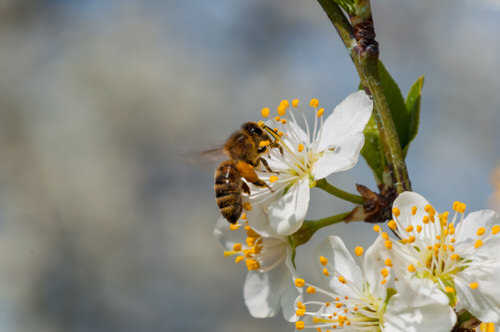
A bee garden attracts these winged insects and provides a natural habitat for them. With slight alterations like growing bee-friendly plants, providing shelter, and changing your gardening habits, you can easily make it!
1. Avoid Conventional Pesticides and Fertilizers
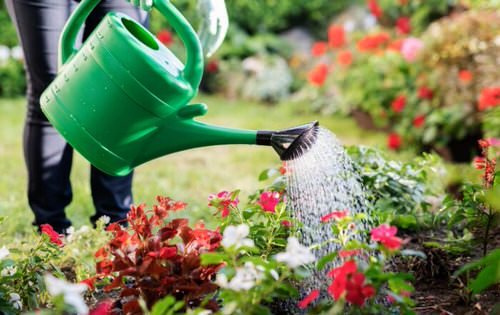
To make a bee-friendly garden, avoid using harmful pesticides and fertilizers in your garden. Go Organic! Bees are so tender that chemicals in these products directly influence their life. You can use organic pesticides like Neem oil and more compost and aged manure instead of inorganic fertilizers.
2. Native vs. Exotic
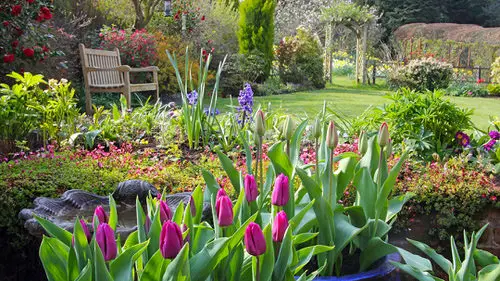
Grow more local and native plants in your garden because bees are attracted to native and wild varieties of plants more than exotic and fancy ones. Of course, there are always those nonnative plants like butterfly bushes and firecrackers that attract them.
You’ll also need to grow fewer hybrid flowers as hybridized flowers are showy and hardy but contain less or no pollen.
Find out the best Floridan native plants and trees here
3. Plant More Single Petaled Flowers
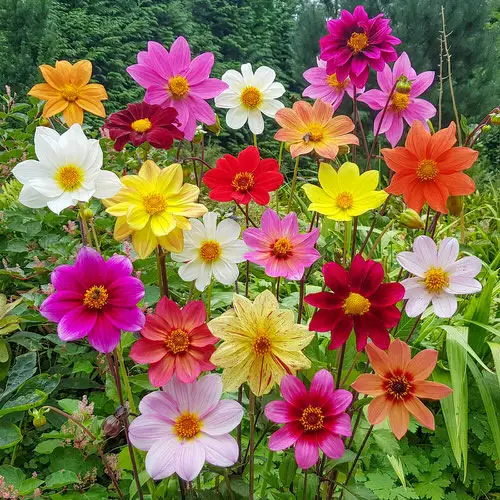
Single petaled flowers have only one ring of petals, providing more nectar and pollen than double petaled flowers. Also, pollinators prefer specific designs, sizes, smells, and colors of flowers.
For example, bees love to feed on small flowers, and hummingbirds draw toward large flowers.
Check out the best color-changing flowers here
4. Plan for Year-Round Blooming
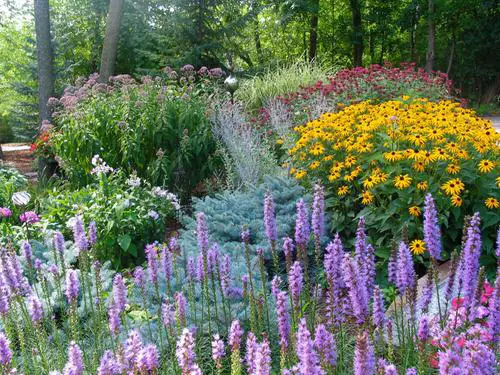
Plan for a year-round blooming of flowers to attract bees in your garden. Plant flowers that bloom season by season like crocus, borage, calendula, and lilacs for spring.
Bee balm, cosmos, marigold, sunflower, pentas, and snapdragons are great for summer. Go for zinnias, aster, and gaillardia in the fall.
5. Grow More Winter Blooms
In colder climates, many bee species stop buzzing in winters— bumblebees go to hibernation, solitary bees die off, and others migrate to more temperate parts.
A few bee species like the Common Carder and Black bee are hardy to cold climates but are killed due to lack of flowers. Take special care in winter if you’re living in the more frigid zone and grow more winter flowers like hellebores, narcissus, cowslip, and ground ivy.
Get the best tips to help your flowers bloom for long here
6. Grow Flowers in Clusters
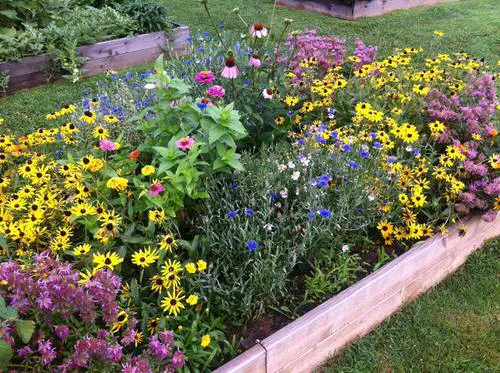
Bees flicker from flower to flower, so growing flowers in clusters is a good idea. You can do companion planting for this or create lovely flower beds.
7. Go for Blue, Yellow, and Bright Colored Flowers
Always prefer bright and cool colored flowers like blue and white and light yellow. Remember, bees avoid dark and bold colored flowers. Also, refrain from growing red color blossoms as bees are not attracted to them.
8. Grow Fruits, Veggies & Herbs
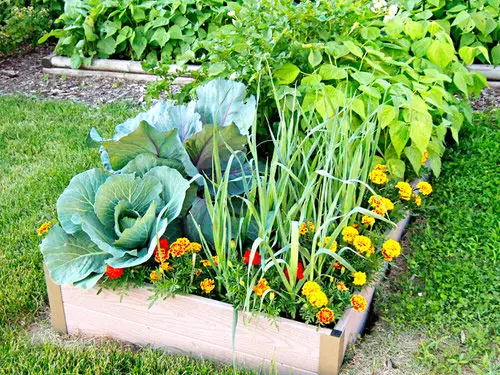
Not only flowers, but these pollinators are also attracted to fruits, veggies, and herbs. Grow catmint, dill, lemon balm, oregano, and cilantro for best results.
Grow fruits like peach, blackberry, guava, strawberries, and passion fruits; they’re full of nectar. In vegetables, go for squashes, gourds, and peppers.
9. Don’t Pull Every Weed
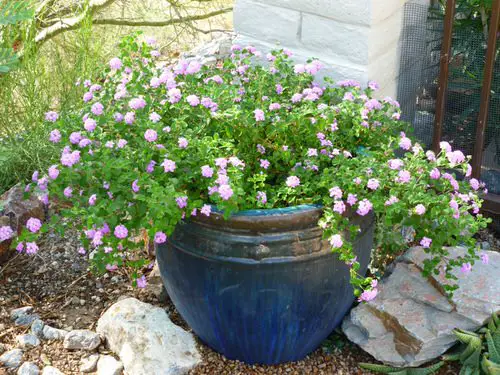
Don’t pull weeds like milkweed, dandelions, lantanas, and clover; they are really important as pollinators like bees and butterflies feed on them.
If you fear weeds will invade your garden, grow them in large containers and do deadheading to prevent seedpods from forming.
10. Bee Nest
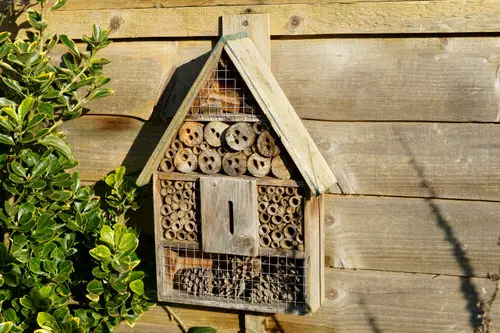
Once you find out that these methods are working, plant a honey bee nest. For this, implant a hollow stem in your garden in a shady, less windy corner that’ll not be disturbed.
Also, place the bee nest in an area where it gets early morning sun exposure. This helps the bee to go out early to collect nectar.
Check out some cool bug hotel ideas here
11. Provide a Water Source
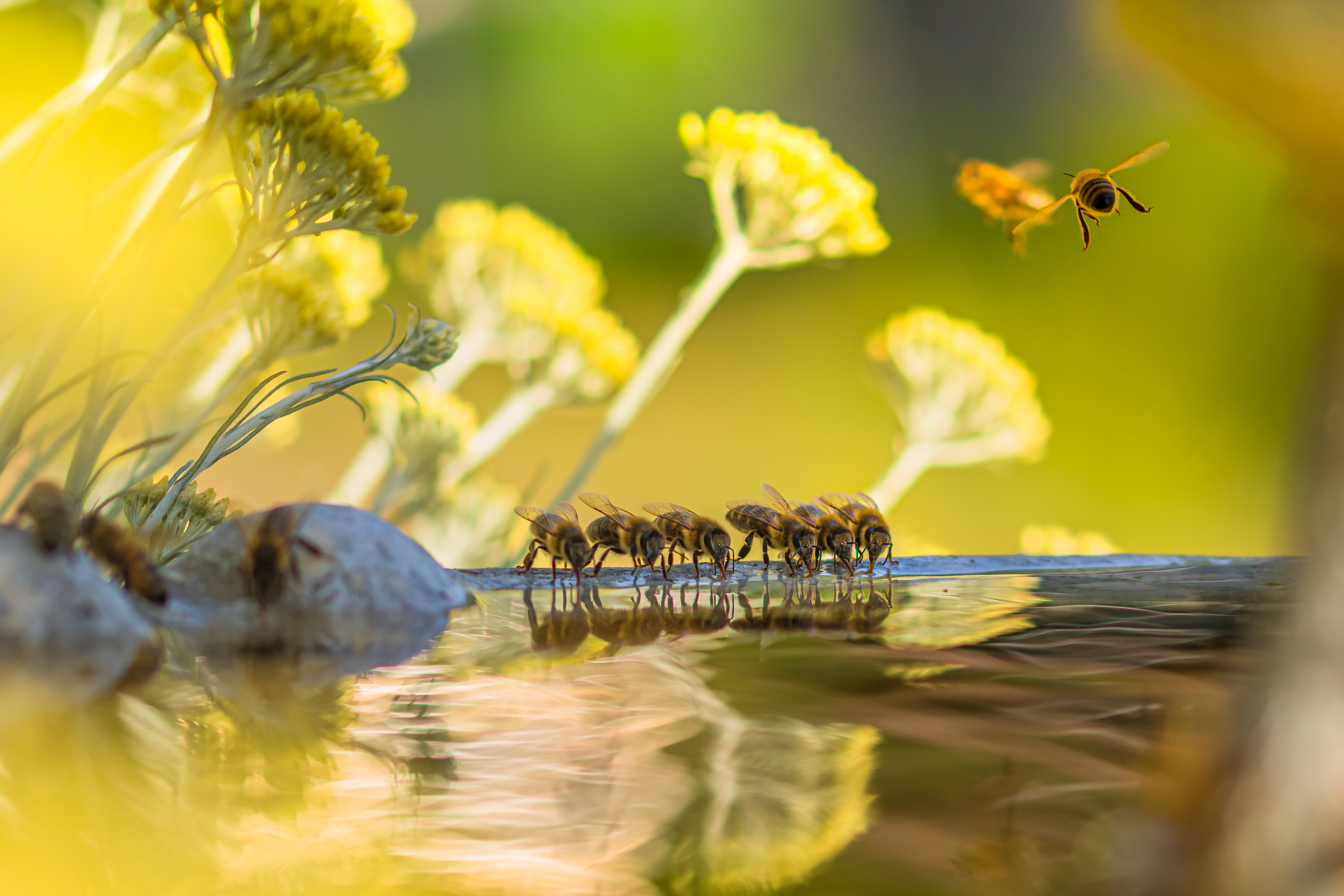
Bees drink water in spring and summer from shallow water sources like puddles, dog bowls, small ponds, and creeks. You must arrange a water source for them.
If you have a water pond already, you don’t need to do anything, otherwise, install a dripping faucet and place a wooden board under it. You can also put a plate or bowl of water near the flowering plants.



Thank you so much for this amazing post, there are few things that i knew/was doing already even tho I didn’t really know I was helping the bees at the same time. I will keep all of this in mind and improve my gardens, thank you loads.